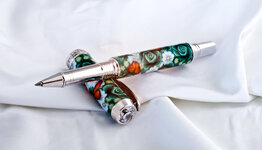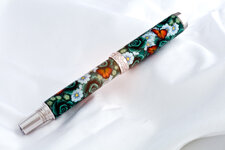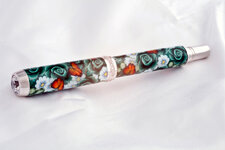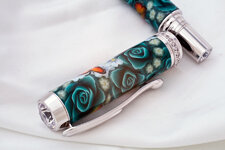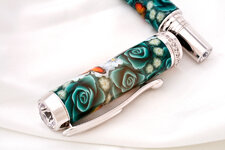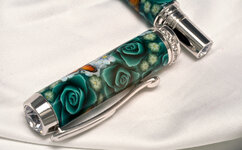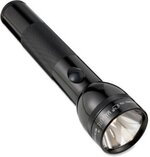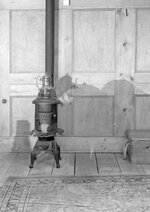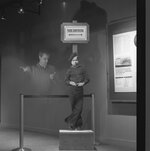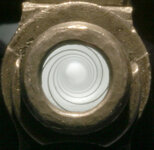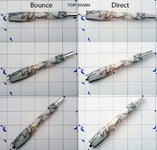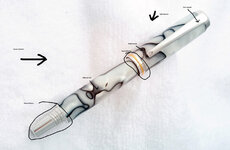edstreet
Member
I have been playing with this for several years now. The situation is all to common, very low light and you want to see good detail yet you don't have a monolight to use.
Long exposures These were taken very long shutter speeds (yes the shutter was open for 30+ seconds ). Fstop was F/22. All I used was a white pillow case, a shutter trip cable (about a $7.50 investment at b&h) and a tripod. Don't really need a tripod either, just something solid to put it on that wont move.
These were taken very long shutter speeds (yes the shutter was open for 30+ seconds ). Fstop was F/22. All I used was a white pillow case, a shutter trip cable (about a $7.50 investment at b&h) and a tripod. Don't really need a tripod either, just something solid to put it on that wont move.
I also used my expodisc to set the color balance as I am 50% colorblind and don't want to deal with shifting that back.
These are 30 seconds:
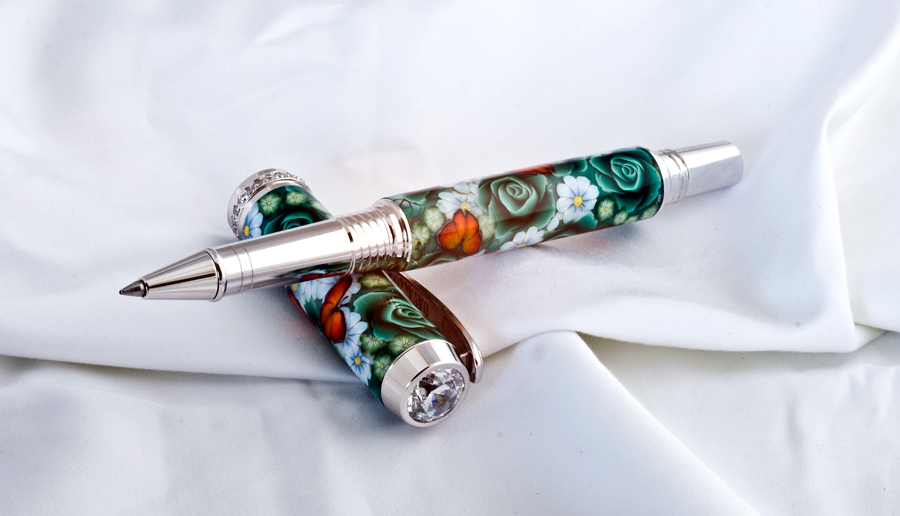
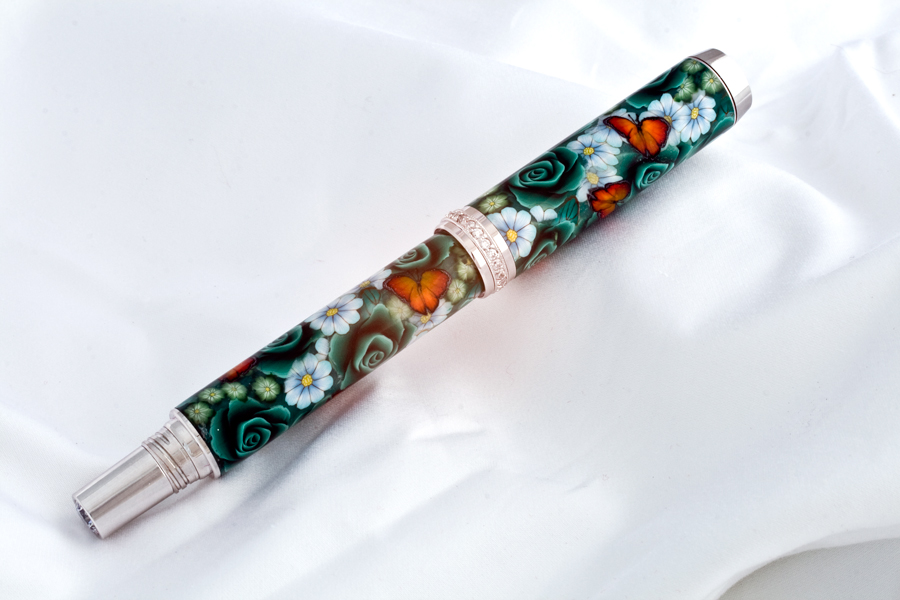
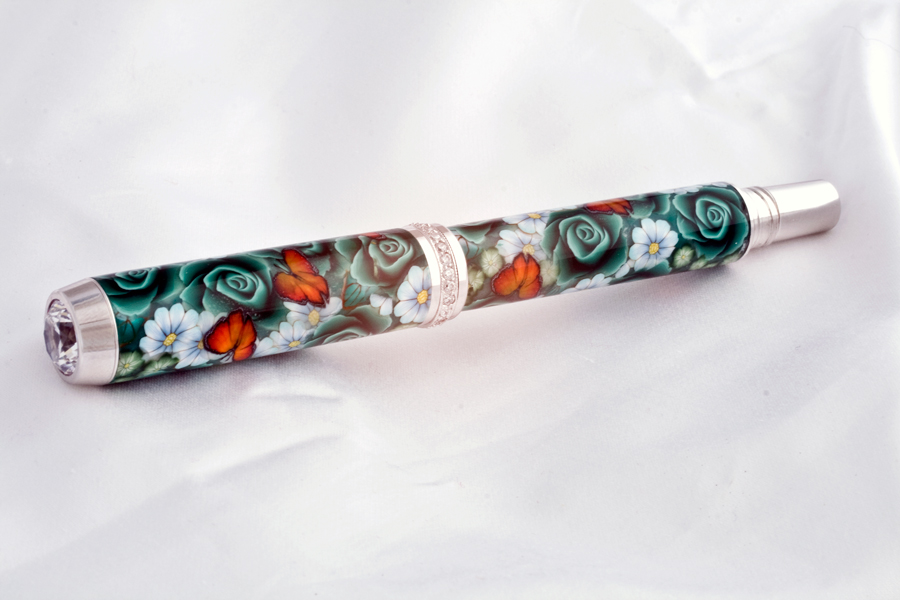
This one is 90 seconds.
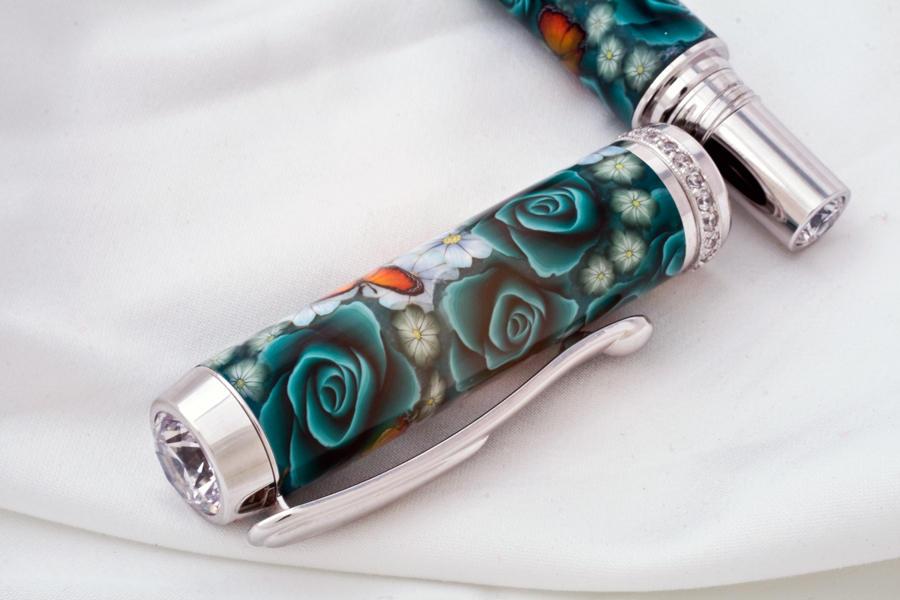
And 3 minutes ( 180 seconds)
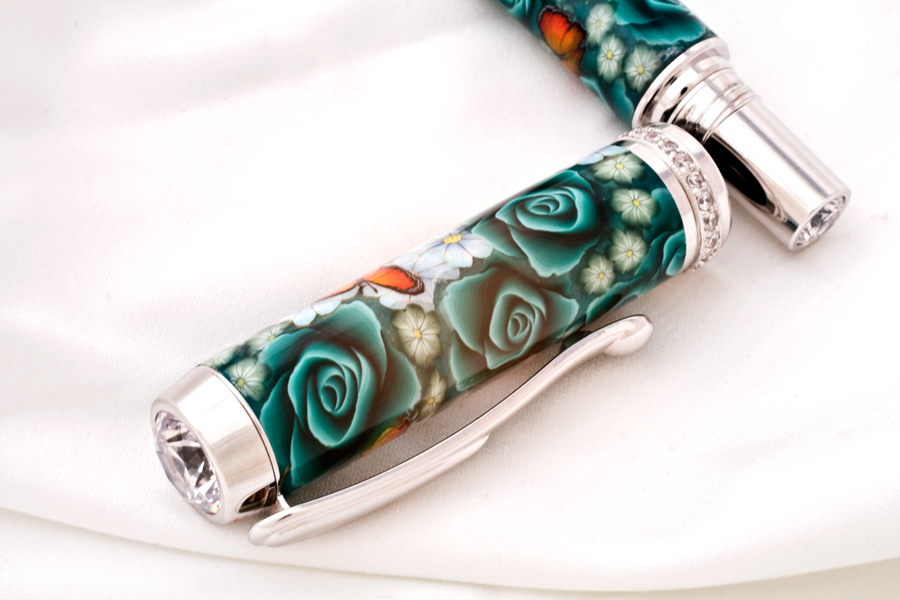
Long exposures
I also used my expodisc to set the color balance as I am 50% colorblind and don't want to deal with shifting that back.
These are 30 seconds:
This one is 90 seconds.
And 3 minutes ( 180 seconds)

